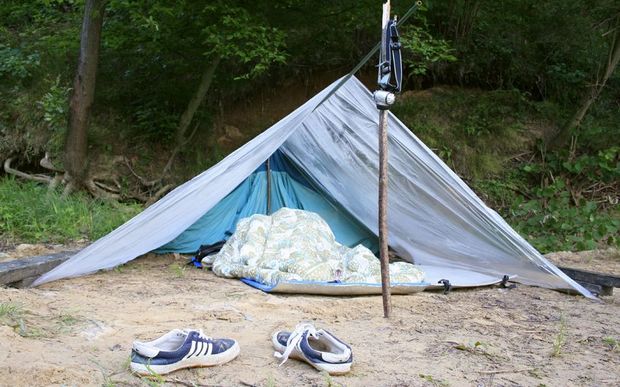First published:
May 21, 2003
The governing body of amateur hockey in Canada reversed its decision, made only one year ago, to ban body checking at the atom-division age of nine and 10 years old over this past weekend.
Unfortunately, four leagues in the Canadian Hockey Association opted out of the plan, including Ontario. It is time for the local hockey associations in Northumberland to break with the provincial body and follow the path of good sense by focusing on what is best for the children.
It was only a year the Canadian Hockey Association upset many parents, coaches and sports experts when it announced it would lower the minimum age to allow checking. A firestorm broke out, placing incredible pressure on the organization. It responded by immediately setting a review process in place that included top managers of the association, noted sports academics and a thorough consultation with parents and coaches.
The association continues to recognize the importance of a safe and positive environment for children to learn hockey. It created the four step checking model as a learning tool for coaches and parents. The model is based on positioning and angling; stick checks, body contact and finally body checking.
The good news is 85 per cent of atom hockey players in Canada participate in non-body checking hockey. While most wait until peewee level to begin body checking, Quebec is a notable exception. It does not allow body-checking until Bantam.
Howie Meeker, the dean of hockey training and a member of the Hockey Hall of Fame, is an advocate of the Quebec approach, saying players should wait until they are 13 and 14 years old before using body checking.
In an interview, he emphasizes the need for physical and mental maturity prior to this kind of physical contact. He wants to see player learn how to skate, handle the puck, turn and pivot properly before learning the checking skills. This allows the players to develop a flow on the ice prior to getting involved in hitting.
Most important, he wants them to learn how to think.
Hockey is a violent game. Despite the National Hockey League’s efforts to reduce hooliganism, it remains. Children who look up to these highly paid superstar players often see the worst side of the game rather than the best. The message received is a poor one and should not be buttressed by amateur hockey leagues in Ontario who support body checking at such a young age.
A study done by Lakehead University Professor Bill Montelpare over three years provided advocates of body checking at a younger age with some statistical support. However, those numbers were seriously questioned.
Northumberland hockey associations must take their own stand on this issue. Instead of following the Ontario Hockey League in allowing body checking in atom leagues, it should listen carefully to the advice of Meeker and other experts to wait until Bantam.
The risk of serious injury is the most obvious reason for the delay. One poor check could cripple a child for life. While this level of injury is rare, children are still badly hurt by less life altering injuries all the time. There is no logic in any argument that places children’s health and safety at risk.
Second, the children themselves are not mature enough. While physically they may be able to check each other, there are so many aspects of body checking that, if not done properly or done with malice, can lead to injury. Young children at nine and 10 years old cannot be expected to make the kinds of decision that would stop them.
On top of this are the parents. Those who promote physicality on the ice can also impede good judgment by children. By encouraging body checking, the children could feel forced to deliver the bone-jarring contact, which can hurt.
However, by the time players are a bit older and more grounded in the basic skills, body checking is one tool of many that they can learn. They are also physically larger and more developed, making injury slightly less imminent.
It is difficult for associations like Northumberland when a provincial body makes a decision. The easy path would be to follow the larger body’s edict. But leaders within the local associations need to set their own course. Parents who are concerned should be speaking with coaches and officials. Now that the season is behind us, it is a good time for debate and planning.
It will be especially difficult for rep teams who play outside Northumberland. And this may be the compromise. Checking may need to be taught to these players. It is a sad reality.
Come the fall, the message to the rest of the province should be clear – no body checking until Bantam. Northumberland has an opportunity to demonstrate clear leadership in sports. Let’s not miss it.


